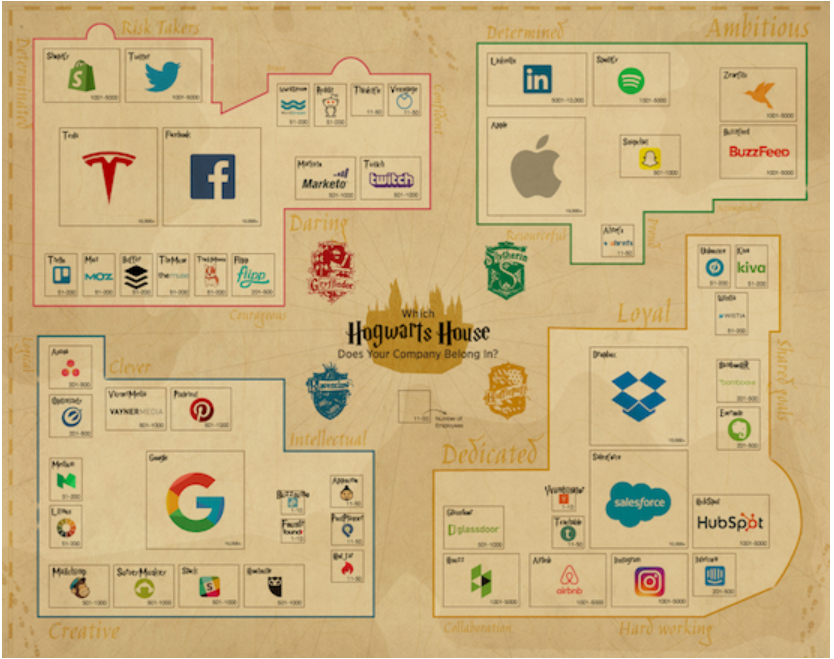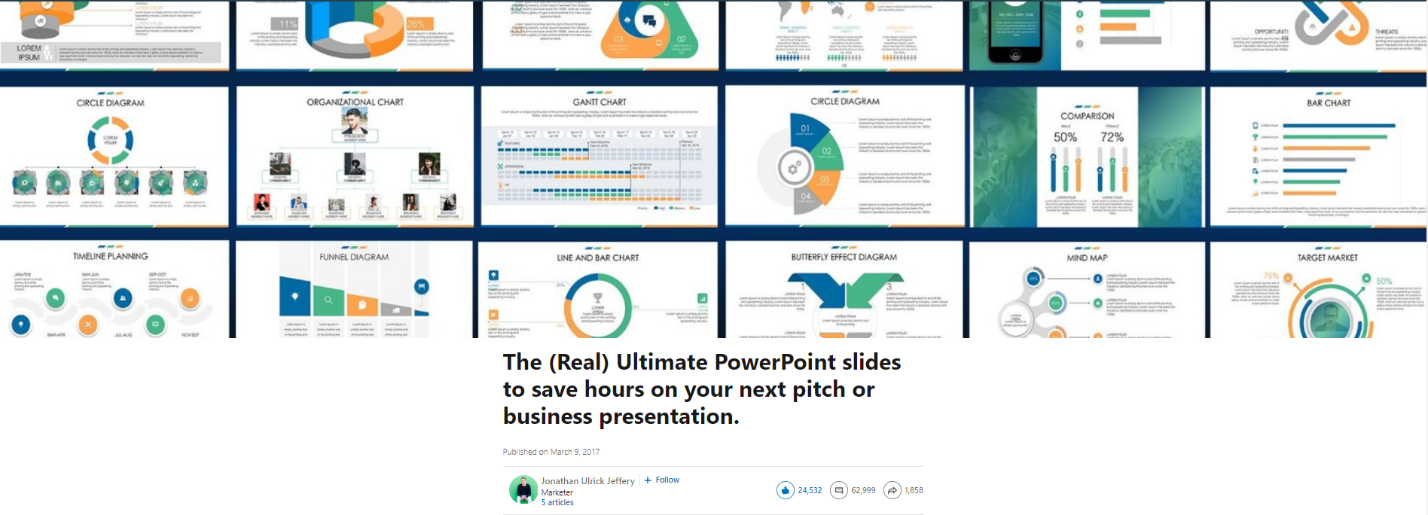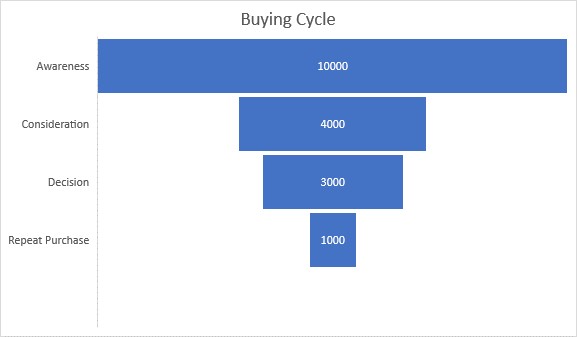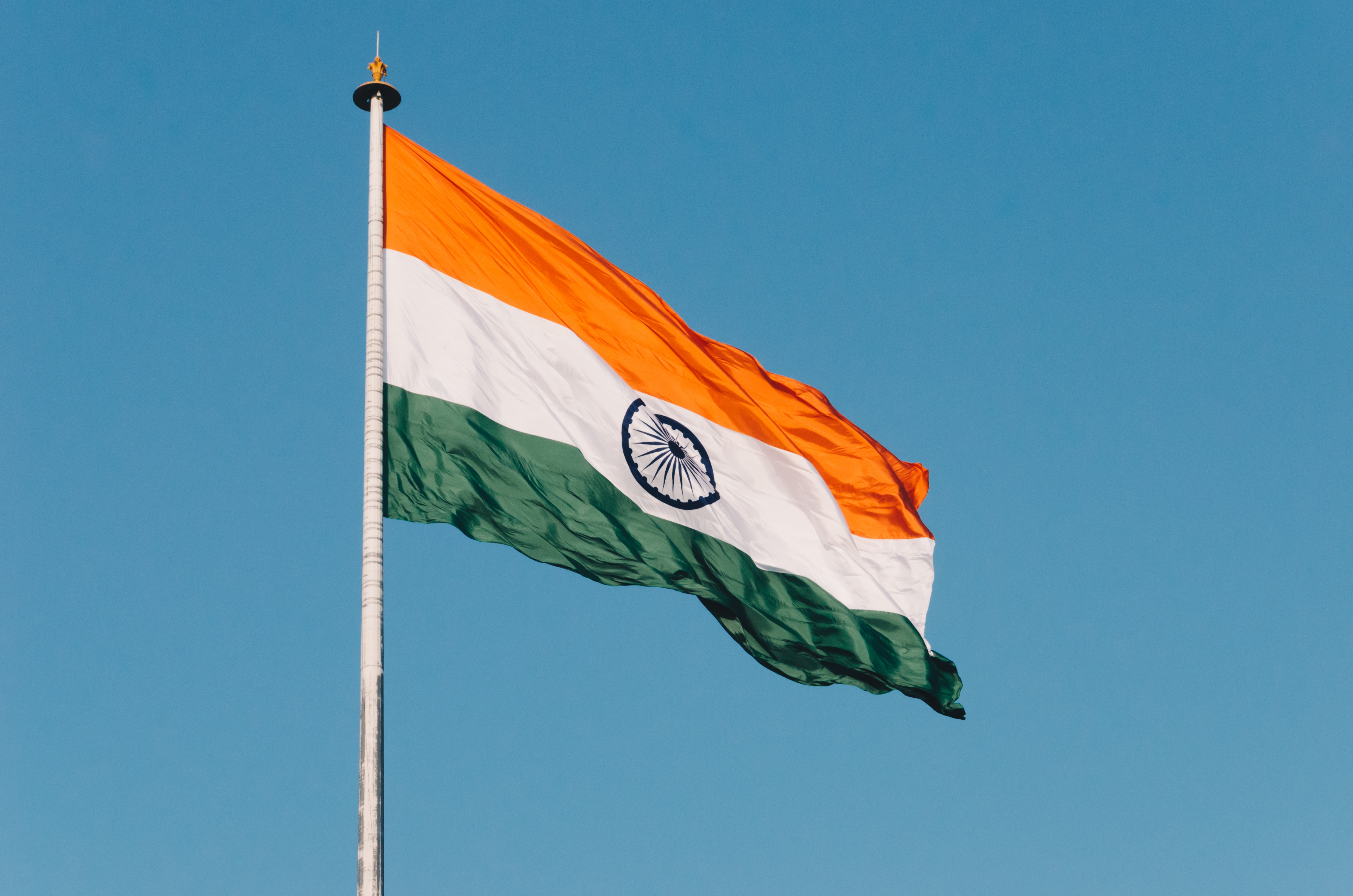Digital revolution has changed the way people gather information and consume. Consumers prefer to discover relevant information by their own at their place and time. This has impacted the consumer landscape and buying decision. Today the media is more than posting and sharing your content that goes viral to building a human connection between your brand and consumers. Social Media has become an integral strategy for inbound marketing reason being its unique capability of shape public conversations, perception about the brand, one-on-one social media interaction, building brand awareness, etc.
We are going to talk about some of the points that are applicable to Indian Consumers and Industry insights. In order to explore the possibilities, certain actions are necessary.
Action 1: Understand your customer
Action 2: Build a Content Strategy
Action 3: Social Media Listening and Monitoring
Action 4: Nurture One-on-One Relationship
Action 5: Measuring ROI
Understand Your Customer
The first step is to know your customers. The primary work for this is to create buyer personas. I am writing few questions, that will help you identify buyer personas.
- What is your job title?
- How is your job measured?
- Who do you report to?
- Skills needed for your job?
- What is your industry?
- Employee Count of company?
- Where do you learn new information for your job?
- Which blogs do you read?
- Social networks, where you participate?
- Education detail, career path etc
- How do you interact with vendors?
- Anything you purchased online?
- Why did you buy that product?
- Did you do any research before purchasing the product?
Now you know your customers. The next step is to map the effectiveness of social media strategy and activity. KPIs are mentioned as below.
- Reach
- Engagement
- ROI
Build a Content Strategy
The core of Social Media is Content. The reason people use Social Media is to be informed, entertained, and connected. Some of the best content Marketing case studies can be found below.
There are different kinds of format that are used by various brands. Some of the successful contents are video, static images, Carousels, gifs, cinematographs, infographics, guides, surveys etc. Let me give you some of the examples that will help you to device a content strategy for your brand.
Example: Glassdoor Content Strategy
Glassdoor is a website where employees and former employees anonymously review companies. In 2017 they wanted to reach out employees to increase the number of reviews for their listed companies. So, they curated a concept of the lessons from the “Harry Potter” series and tried to map it to some of the world class companies. They have asked people to review their own and previous companies’ culture on Glassdoor.
What did they do?
They have identified 54 Tech companies, collected their Vision and Mission Statements. Now think of Hogwarts as the marketplace and Gryffindor, Hufflepuff, Ravenclaw and Slytherin as competing companies with distinct company cultures. Based on the personality of each houses they segregated companies into different categories.
What did they want to explain?
- It’s important to have shared values
- Clear Objective to guide your team
- Working with different mindsets can make problem solving easier
- Find a management style that works for your company
- Partnership with other companies
- There is no one perfect approach to company culture
- It takes time to build a great team
In the end they are asking employees and employers to engage with them to build a better company culture.
Results
2000+ Social Media Shares, 35% Increase in Traffic, Reviews were increased by 3X.
The creative used is mentioned below.
Example: 24slides
24slides is a team of power point designers. They design presentations for companies. In build a subscriber base they have created a 20 slide presentation and gave it for free.
Results
5,00,000 + reads, 24,500 + Likes, 62,999+ Comments, 1,828 + Forwards, 80,000+ Leads
Once your content is ready, you try to reach out to influencers, in your category to reach out to more audience. There are basically six different categories of influencers.
- Celebrities (Models, actors, actress)
- Industry Influencers (Entrepreneurs)
- Micro-influencers (Photographers)
- Media Personalities (Journalists)
- Content Creators (Bloggers, Vloggers)
- Local Influencers (Local Musicians, Dancers)
- Social Media Stars
Social Media Listening and Monitoring
Social Media is a two-way communication route. It is not only about promoting content, but also listening and monitoring to what people say about you, your product and services. There is a difference between Social Listening and monitoring. Social Listening talks about the “way you track, analyze and respond to conversations across internet.
The benefits of Social Listening are as below.
- Help measure the performance of one’s social media, web, conversations and offline strategy
- Help manage your reputation
- Identify biggest fans and influencers
- Discover new product ideas or ways to enhance features on existing products
- Lead to new opportunities
- Find leads
- Develop strategic benchmarks for future business development
Nurture One-on-One Relationship
Social Media have a unique characteristic of building one-to-one relationship. Few tricks are given below to enhance your interaction to the next level.
- Respond to comments
- Use humor
- Offer additional value
- Ask for reviews
- Ask for product comments
- Conduct polls
- Respond to comments in real time
- Tag guests
- Reference others’ content
- Create Facebook or LinkedIn groups
- Ask questions and respond to answers
- Use emojis
- Use videos
In this process, you will get to know your followers by examining their interests, backgrounds. This will help you refine your audience and empower you to strengthen your content strategy in that direction. Social Media Channels like Instagram, Twitter, Facebook, Linkedin, Google+, Snapcht, Tiktok, Helo, Tumblr, QZone, Pinterest etc. generate good amount of audience base for your brand.
Social Media Plays an important role in every stage of Buying Cycle.
Measuring ROI
For any business or brand, ROI matters the most, especially to smaller businesses. Some of the parameters that are necessary to measure are mentioned below.
- Sign-ups for email, webinars, and events
- Product downloads and trails
- Purchases
- Downloads of marketing materials
- Visit-to-lead sentiment analysis
- Competitor benchmarking
- Website traffic
- Reach and engagement
- Audience size
- Campaign results
To conclude, I would say, it is important to understand the problem you are solving by your products and services. This question will trigger to know your customer. By answering those questions, you will come to know the kind of content required. Then build a content strategy, distribute it across the internet. Listen to your audience what they are speaking, address them with your products and services.







Leave a Reply